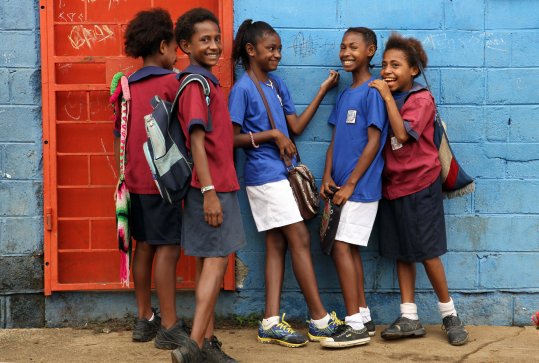What makes you laugh?
When was the last time you told jokes at home? Laughing together not only connects people, but also reduces the level of stress hormones, activates the production of endorphins, i.e. the hormone of happiness, and relaxes muscles. In other words, it improves both our psychological and physical well-being. So if you have any favourite funny stories, photos or memes, find them and watch them again with the whole family. Perhaps you also have some funny memories together? You can rank your own funniest stories or pictures.
Create an opportunity to laugh
A good idea to create an opportunity to have fun and laugh together is, for example, organising a dance of joy, which stimulates the spirit and the body at the same time. Turn on some lively, cheerful music and invite the children to play. Show with your whole bodies how a person behaves when they are happy. How are your heads happy? And how are your backs happy? Hands. Legs. Knees. Right hand fingers. And now the left foot. As you go through the different stages of the exercise, make sure that the children express themselves through the parts of the body that are being listed.


